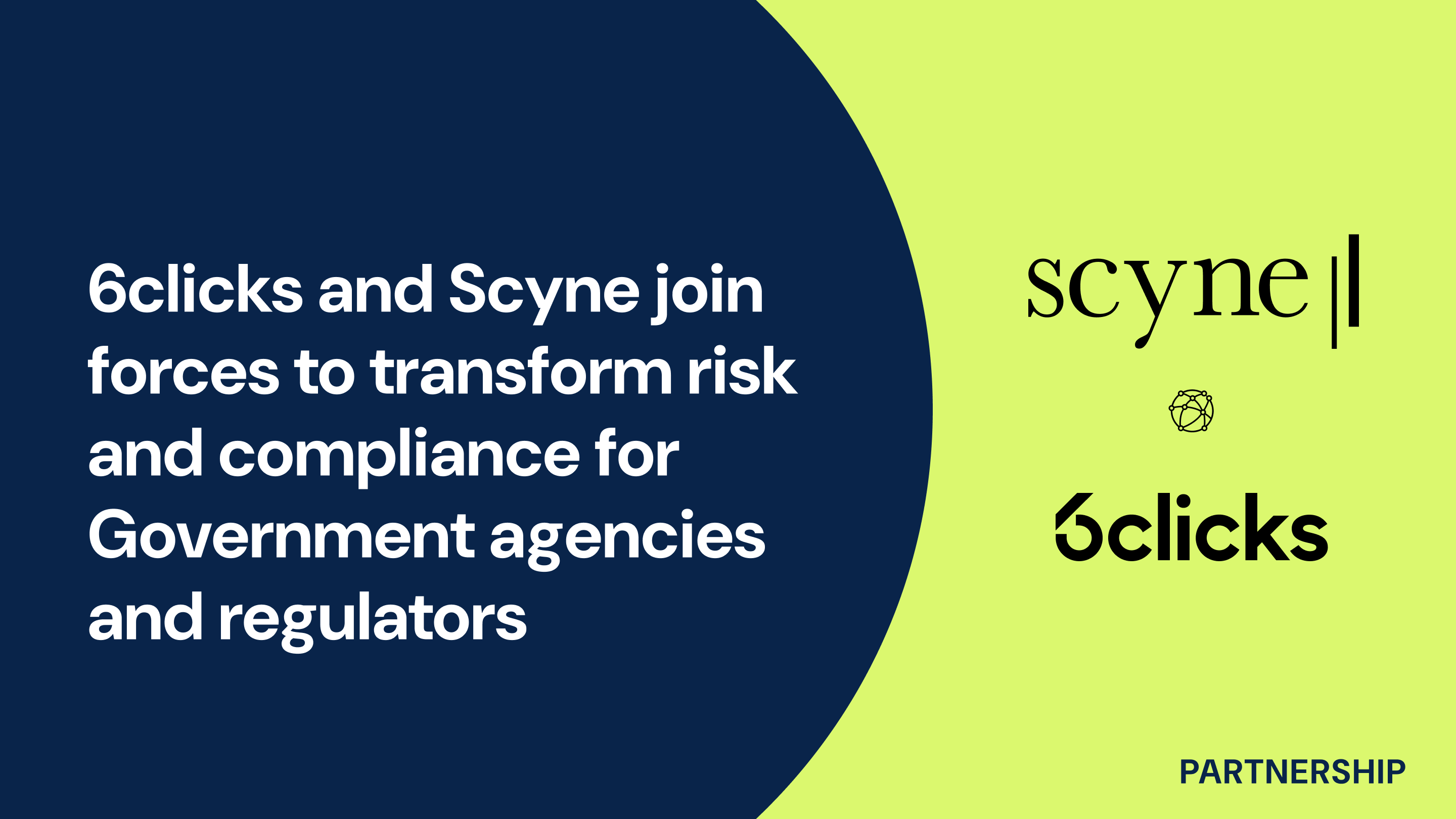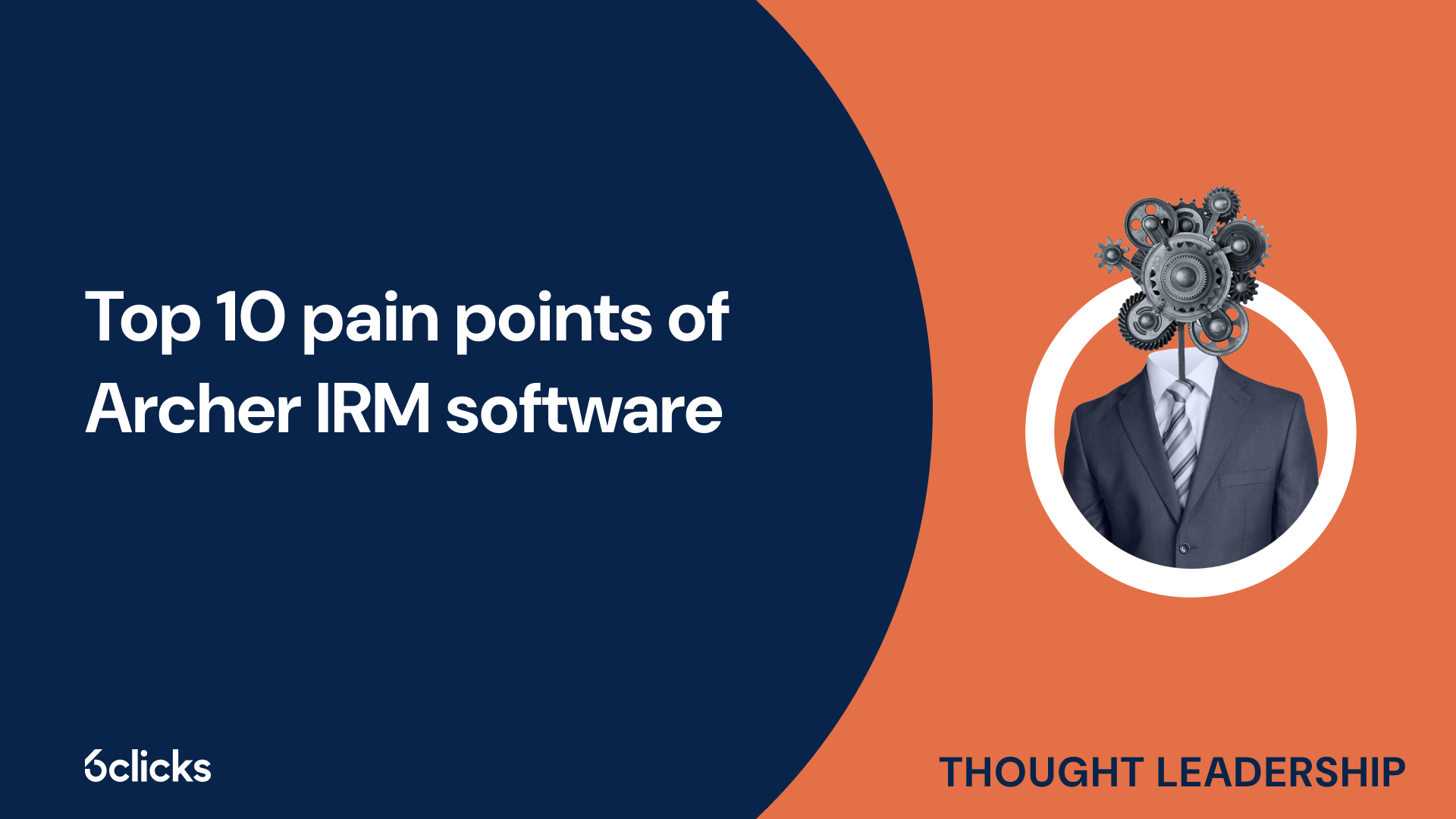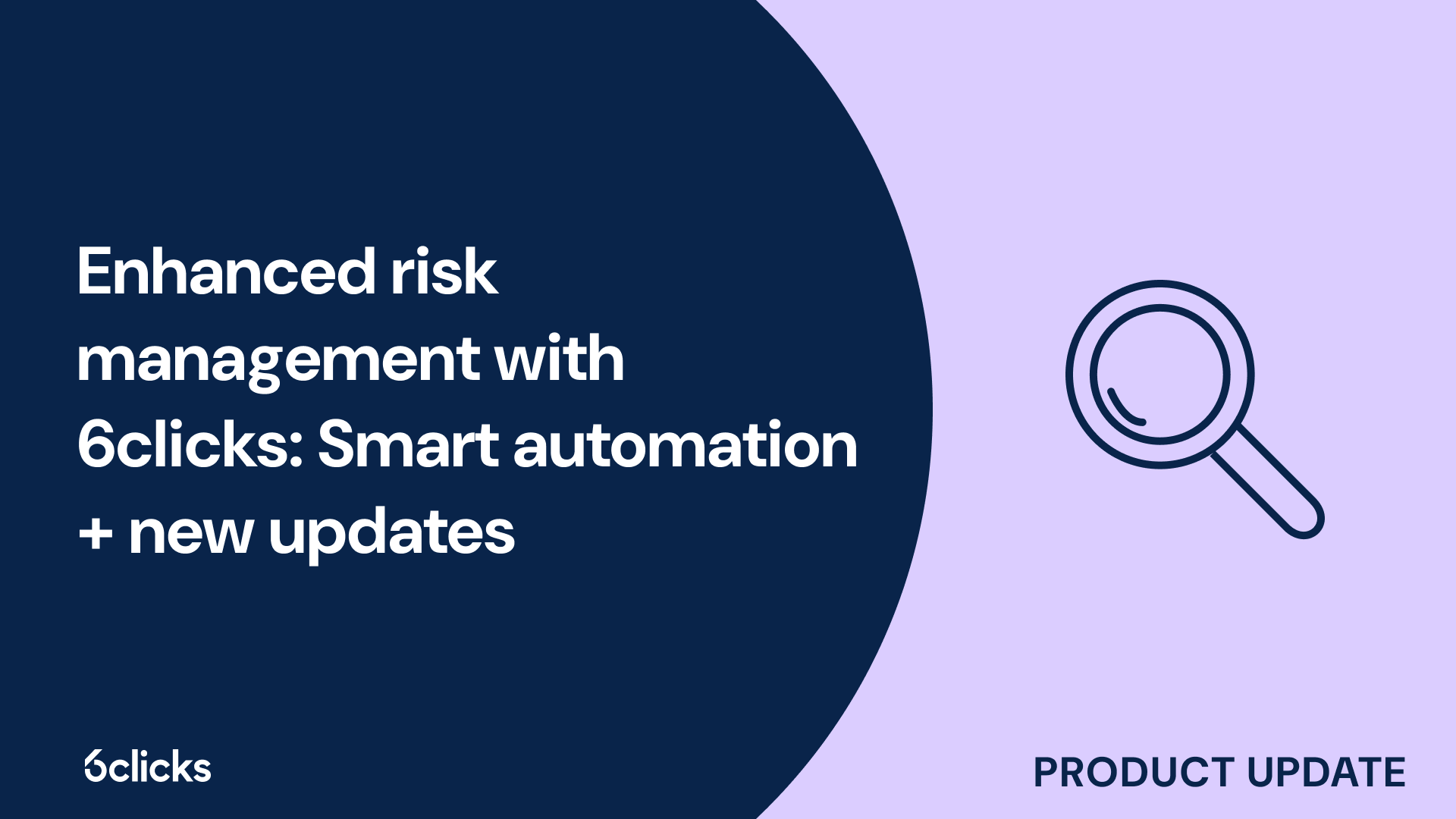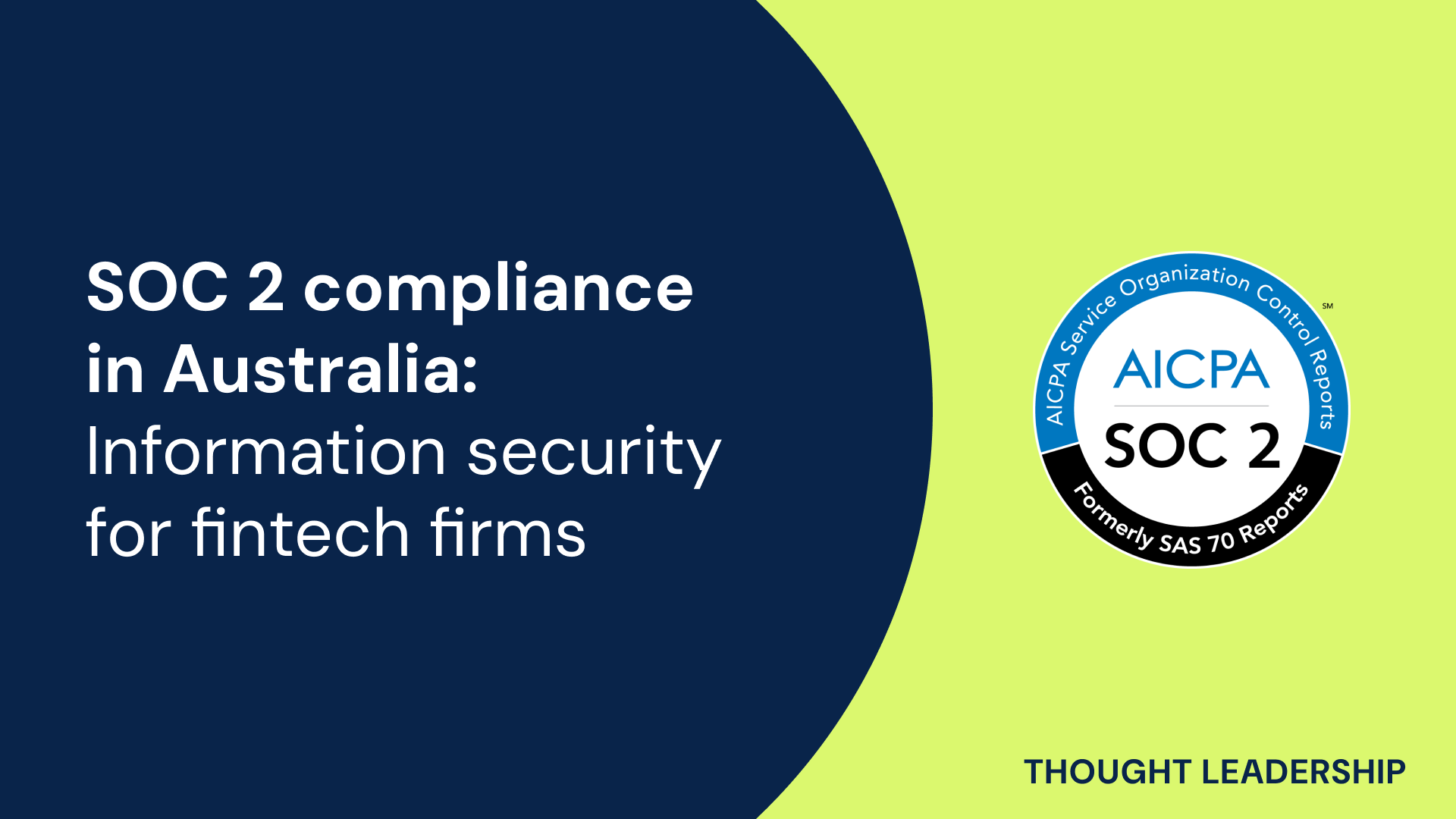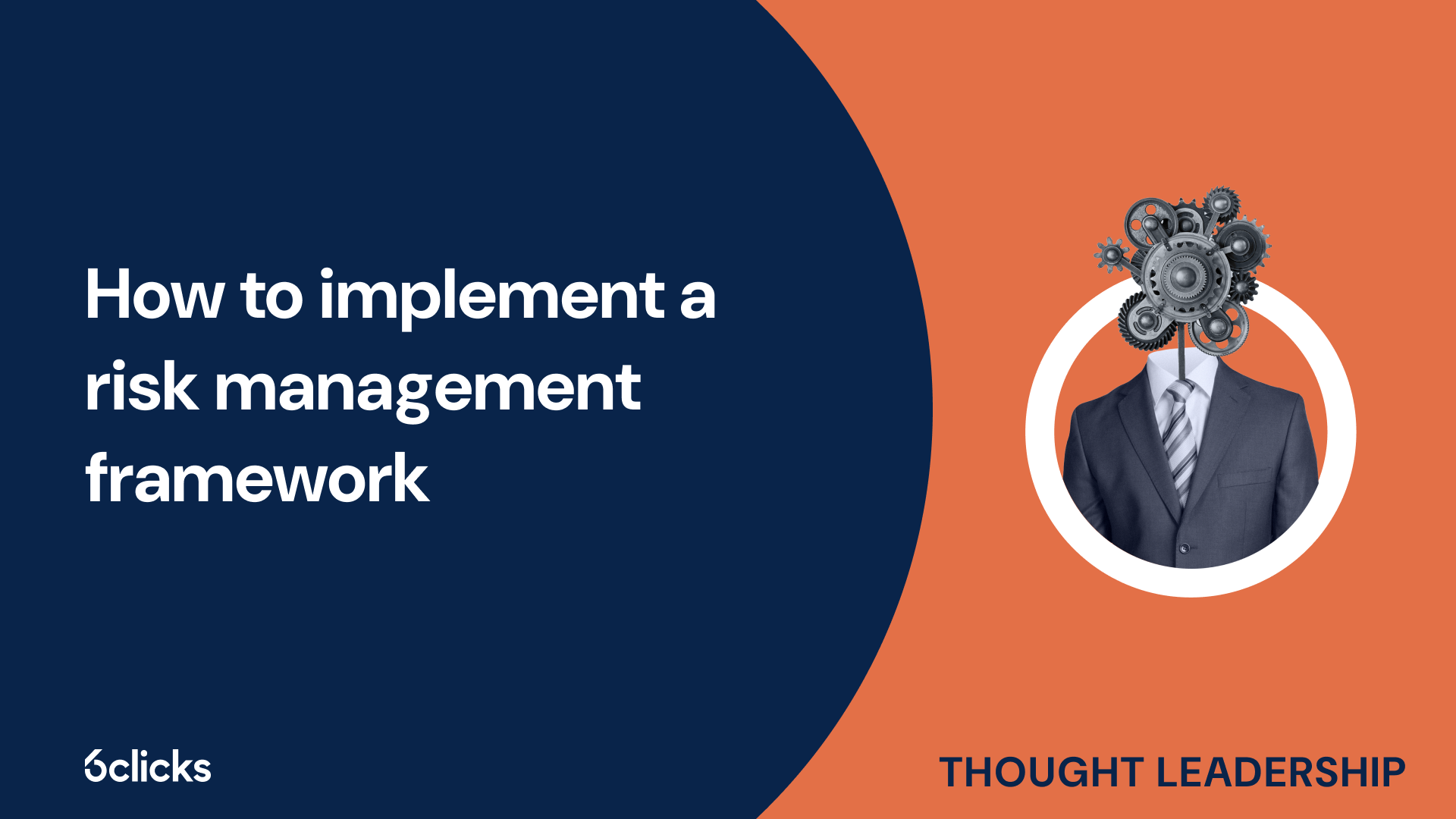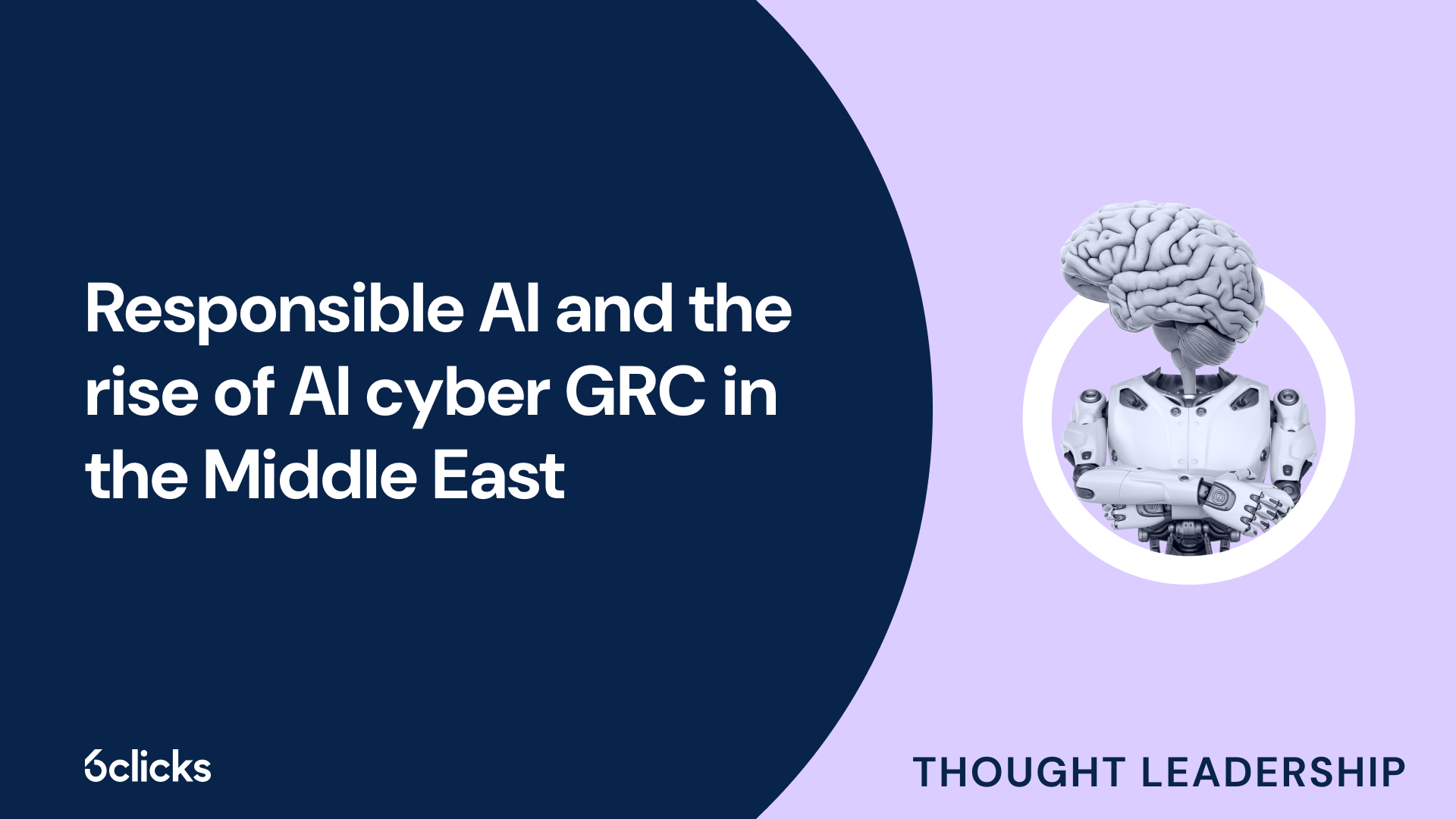The GRC buyer’s guide for 2025: Building resilience with AI-powered, federated solutions
Discover the ultimate GRC buyer's guide for 2025! Uncover how AI-powered, federated solutions transform compliance and security management for industries like government, aerospace, banking, and more. Learn about centralized control, continuous compliance, and advanced cyber GRC capabilities. Download now!
-1.png?width=200&height=249&name=Group%20193%20(1)-1.png)
The GRC buyer’s guide for 2025: Building resilience with AI-powered, federated solutions
What is ISO/IEC 27001?
ISO/IEC 27001 is an international standard that outlines the requirements for establishing, implementing, operating, monitoring, reviewing, maintaining, and improving an Information Security Management System (ISMS). Its purpose is to help organizations protect sensitive information by ensuring its confidentiality, integrity, and availability. The standard provides a structured approach to managing information security risks, including identifying potential threats, assessing risks, implementing controls to mitigate them, and ensuring continuous improvement of security practices. ISO/IEC 27001 is applicable to organizations of all sizes and industries, offering a framework for protecting information and ensuring compliance with global best practices in information security management.
The three principles of ISO 27001
The three core principles of information security, often referred to as the CIA Triad, are:
1. Confidentiality: Confidentiality refers to the protection of information from unauthorized access or disclosure. It ensures that only those individuals or entities with the proper clearance or authorization can access sensitive data. Protecting confidentiality is critical for safeguarding personal data, trade secrets, intellectual property, and any information that could harm an organization or individual if exposed. Methods to ensure confidentiality include:
- Encryption: Transforming data into an unreadable format to prevent unauthorized access.
- Access controls: Using authentication methods such as passwords, biometrics, and multi-factor authentication to ensure only authorized users can access the data.
- Data classification: Categorizing information based on its sensitivity, which allows organizations to apply the appropriate level of protection.
- Least privilege principle: Giving users the minimum access needed to perform their tasks, thereby limiting exposure.
2. Integrity: Integrity ensures that information is accurate, consistent, and trustworthy throughout its lifecycle. It protects data from being modified, deleted, or corrupted by unauthorized individuals or malicious entities. Integrity also means that information remains unchanged unless altered by an authorized process. Protecting integrity is crucial in maintaining the accuracy of financial records, legal documents, and system configurations. Techniques used to maintain integrity include:
- Hashing: Creating a unique identifier (hash value) for data to verify that it has not been altered.
- Checksums: Mathematical calculations used to verify data integrity during transfer or storage.
- Digital signatures: Using encryption and keys to verify the authenticity and integrity of data.
- Version control: Keeping track of changes to data, documents, or systems, ensuring that previous versions can be accessed if needed.
3. Availability: Availability ensures that information and resources are accessible when needed by authorized users, ensuring minimal disruption to business operations. Data and systems must be reliably accessible to authorized users without delay or service interruptions. Ensuring availability involves implementing measures to protect against downtime caused by hardware failures, cyberattacks, natural disasters, or other disruptions. Key strategies to enhance availability include:
- Redundancy: Creating duplicate systems or components, such as backup servers or power supplies, to prevent data loss or downtime in case of failure.
- Disaster recovery plans: Developing strategies and procedures for recovering data and systems after a disruption, including regular backups and off-site storage.
- Load balancing: Distributing network or server traffic evenly across multiple systems to ensure no single system is overwhelmed.
- Failover systems: Automatic switching to backup systems in the event of a failure, ensuring continuous availability.
Together, these principles form a comprehensive framework for protecting data and ensuring it remains secure, reliable, and accessible in any situation.
Summary
ISO/IEC 27001 is an international standard that provides a framework for establishing, implementing, and improving an Information Security Management System (ISMS) to protect sensitive information. It focuses on ensuring the confidentiality, integrity, and availability of data. Confidentiality protects data from unauthorized access, integrity ensures data accuracy and consistency, and availability ensures that information is accessible when needed. The standard guides organizations in identifying risks, implementing security controls, and continuously improving their practices, helping them safeguard sensitive data and comply with global best practices in information security management.







.jpg?width=302&height=170&name=eBook%20Title%20-%20ISO%2027002%20expert%20guide%20eBook%20(1).jpg)
.jpg?width=302&height=170&name=eBook%20Title%20-%20Risk%20management%20for%20ISO%2027001%20and%20ISMS%20expert%20guide%20eBook%20(1).jpg)
